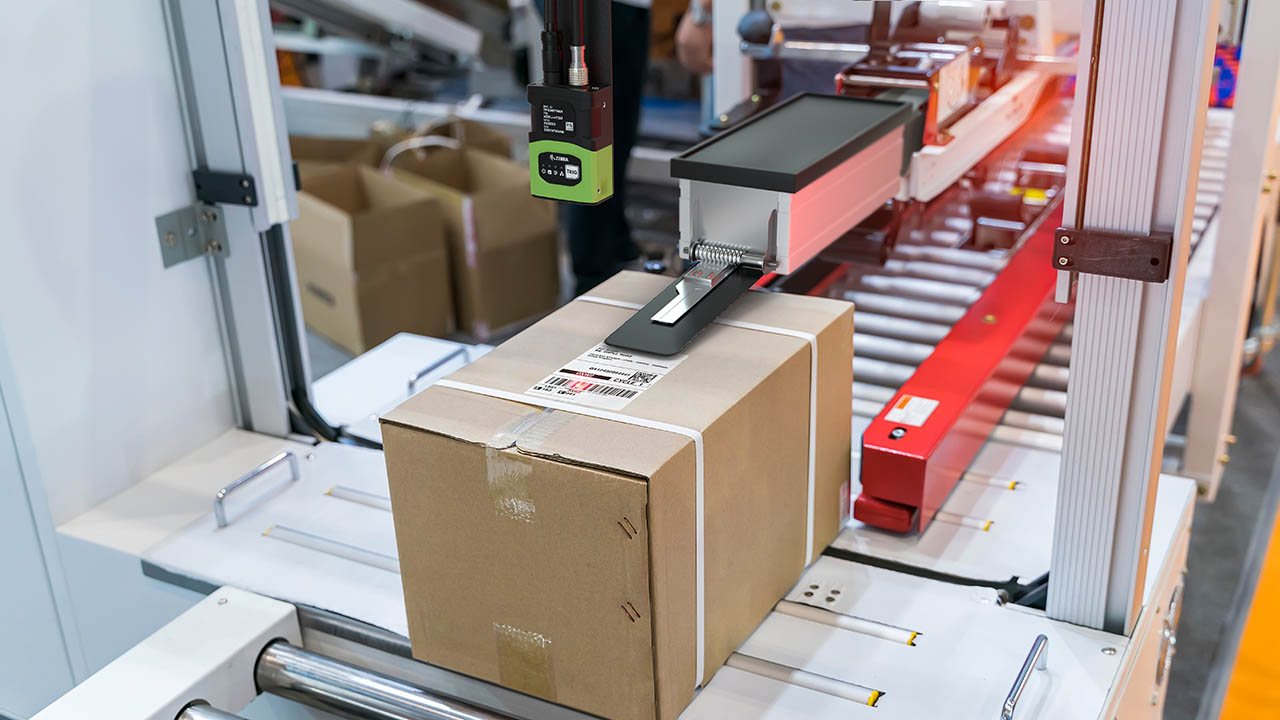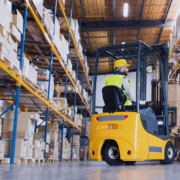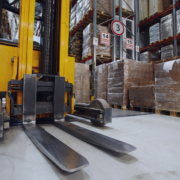It’s no surprise that intelligent automation has been on the forefront of current modernization trends. Over two thirds of warehouses across the globe have continuously cited partial automation as the key to increased profitability and competitiveness, yet not every automation solution is built the same. This explains why so many warehouses remain cautious to swap familiar systems such as pen-and-paper inventory tracking for newer solutions such as RFID locationing since disruptions can lead to:
- Operational delays that affect the whole supply chain – Studies suggest parcel shipments will double to 220 billion shipments worldwide by 2026.
- Negative brand identity – Nearly seven out of ten shoppers abandon brands if their purchase isn’t delivered within two days the stipulated time frame.
- Lost sales and customer loyalty – Customer acquisition costs can amount to 25% more retention costs.
- Inventory and asset misplacements that contribute to higher TCO – Improper storage and handling has created a $750 billion loss in the food industry alone.
- Worker stress that fuels labor turnover rates – With turnover rates exceeding 30%, warehouses simply can’t afford to risk complex systems requiring longer training and onboarding time.

Sense, Evaluate, and Expand
Streamlining workflows from multiple areas in the warehouse, truly intelligent automation solutions should be able to leverage captured data into actionable insight without hindering productivity. Assess a solution’s intelligence by analyzing its capacity to accomplish the following three goals:
- It empowers you to sense change while communicating with supporting systems such as your WMS, ERP, and TMS. For example, Zebra’s Fortified Android enables greater intelligence by aggregating new applications into its open ecosystem, ultimately facilitating data sharing between systems and departments.
- It simplifies data evaluation to create actionable insights. Paper-based data systems have been shown to be more error-prone, thus complicating actionable intelligence since workers must navigate through several logs and systems. On the other hand, automated data capture and RFID solutions eliminate complications while accelerating data entry with less touchpoints and room for error.
- It’s expandable for the whole warehouse and future employees as operations grow. Since demands are only expected to continue increasing, technologies should welcome the possibilities of high demand, longer shifts, and tougher work environments. Rugged hardware such as Zebra’s handheld MC9300 exemplifies this well by pairing its ultra-rugged design with a user-friendly Android interface for easy deployment. The result is a scalable mobility solution fit for indoor and outdoor use year-round.
Based on these three goals, there are many next-generation technologies that can form an intelligent automation solution. With the help of an experienced solution design team, you can start building a modernization plan that best suits your warehouse. Contact us for more information.












Leave a Reply
Want to join the discussion?Feel free to contribute!